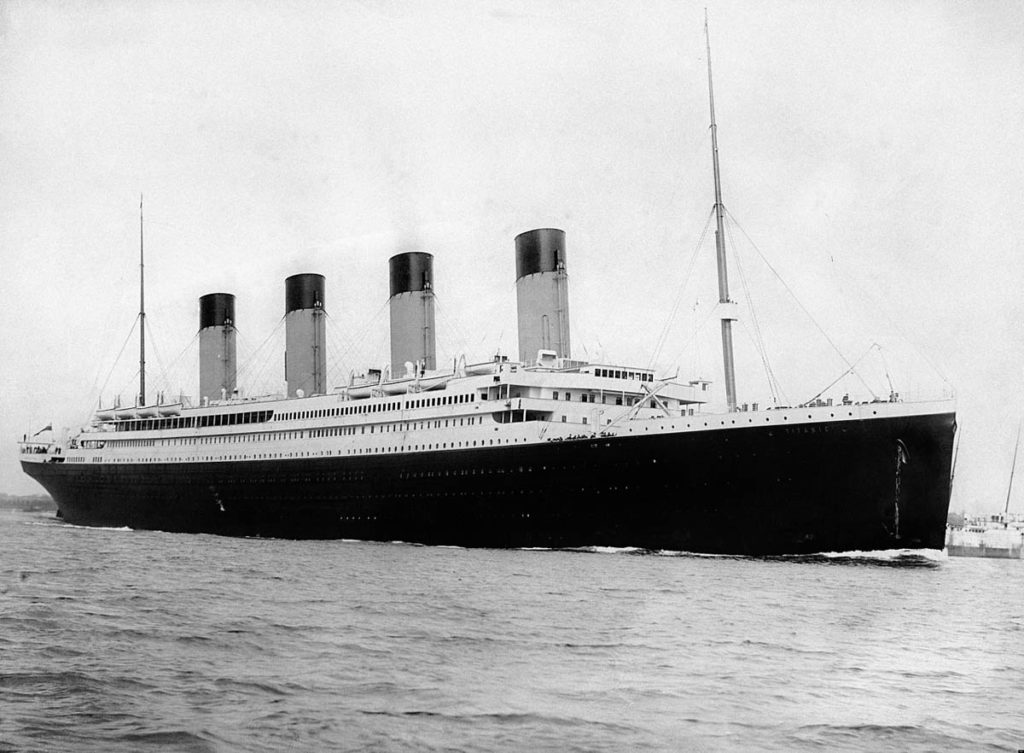For the past 109 years, the Titanic, arguably the most famous shipwreck in history, has been examined, criticized, and made into films. Even non-divers are intrigued with the White Star’s British Passenger liner, which was thought to be unsinkable in 1912. The massive loss of life, as well as the regulatory and operational errors that led to it, sparked widespread shock and indignation. In the United Kingdom and the United States, public inquiry resulted in significant changes in marine safety.
The RMS Titanic sits at a depth of roughly 12,500 feet (3.8 km; 2.37 mi) off the coast of Newfoundland, about 370 miles (600 km) south-southeast and was discovered in September 1985. Millvina Dean, the last survivor of the sinking, died in 2009 at the age of 97. She was two months old at the time. Fairview Cemetery is a Halifax, Nova Scotia cemetery and is perhaps most recognized for being the final resting place of nearly a hundred victims of the RMS Titanic’s disaster. Most of the graves do not have names and profiles the shape of a ship’s hull.

The Titanic has not fared well at sea and is rapidly deteriorating. Ocean Gate Exhibitions is preparing 18 dives this summer for individuals who want to see the Titanic up close and personal (before it completely disintegrates).
“We don’t take passengers, we don’t do trips, we don’t do rides,” says Stockon Rush, President of Ocean Gate Exhibitions. We’re going to an exhibition”
Paying customers are interviewed and will help with a technical study of the wreck and debris field, as well as participate in the Titanic’s first dives in 15 years. According to Rush, no prima donna’s are allowed. It will set you back $125,000. Each dive will be accompanied by a mission specialist, a scientist-researcher, and a pilot, with Rush piloting every third dive in 2021. Bridgette Buxton, an underwater archeologist from the University of Rhode Island, and Steve Ross, a fisheries scientist from the University of North Carolina, will be among the mission specialists’ who will join the ship’s crew.
According to the Titanic Survey Exhibition Website, their mission is:
Scan the shipwreck and portions of the debris field using the latest multi-beam sonar, laser scanning and photogrammetric technology.
Supplement the work done on previous scientific expeditions to capture data and images for the continued scientific study of the site.
Document the condition of the wreck with high-definition photographs and video.
Document the flora and fauna inhabiting the wreck site for comparison with data collected on prior scientific expeditions to better assess changes in the habitat and maritime heritage site.
Expeditions are to be conducted respectfully and in accordance with the National Oceanic and Atmospheric Administration (NOAA) Guidelines for Research, Exploration and Salvage of RMS Titanic [Docket No. 000526158–1016–02]. Note: these guidelines comply with UNESCO guidelines for the preservation of underwater world heritage sites.






